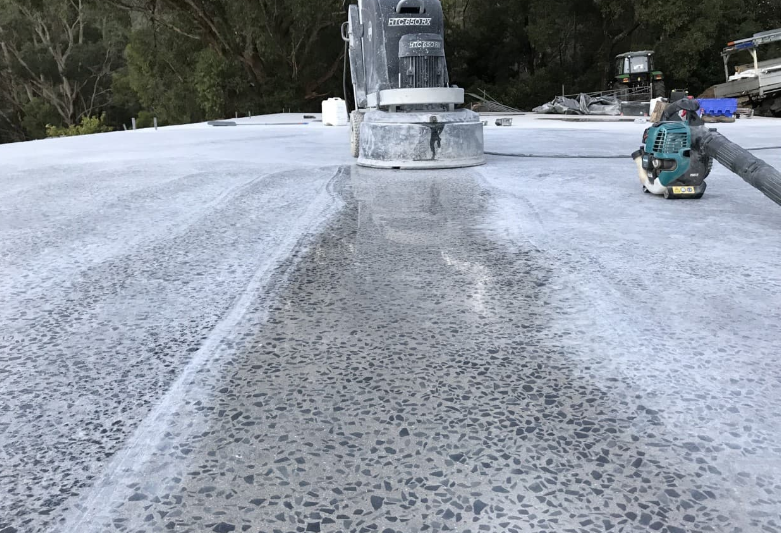Concrete grinding is a pivotal process in the construction and renovation field, offering a smoothed and level surface necessary for various finishing tasks. This technique is not only used to prepare the surface for installing new flooring but also to remove old coatings and minor imperfections. Understanding the methods, tools, and safety precautions can make a significant difference in your results.
Understanding Concrete Grinding
Concrete grinding involves using a machine, typically a concrete grinder, equipped with a rotating disc embedded with abrasive diamonds, to wear down the surface of the concrete. Unlike cutting, which removes large chunks of material, grinding achieves a smooth finish by removing small layers from the surface.
Choosing the Right Equipment
Choosing the appropriate equipment is paramount for efficient concrete grinding. Normally, grinders come in different sizes ranging from small handheld models to large industrial versions. For larger areas, a walk-behind or ride-on grinder is typically used, significantly speeding up the process. Regardless of the size, a grinder should be equipped with a vacuum system to collect dust and debris, ensuring a clean working environment and reducing health risks.
The Grinding Process
Initialization of the grinding process begins with choosing an appropriate diamond disc. The grit of the disc determines the fineness of the grind, with lower numbers indicating a coarser grit suitable for removing thicker coatings or leveling significant unevenness. Higher numbers, on the other hand, are used for finer grinding to achieve a smooth finish.
It’s essential to start with a test area to ensure the selected grit will achieve the desired outcome. Once testing is satisfactory, you can gradually work your way over the entire surface, systematically overlapping each pass to ensure even coverage.
Concrete Sealer Application
Post-grinding, applying a concrete sealer is generally recommended. This sealer acts as a barrier, protecting the surface from moisture, stains, and wear and tear. It also enhances the appearance of the concrete, bringing out the natural textures and colours embedded in the material.
Safety Precautions and Tips
When performing concrete grinding, safety should never be compromised. Always wear appropriate personal protective equipment (PPE) including eye protection, ear muffs, dust masks, and strong work gloves. Be aware of your surroundings, especially if operating large machinery, to prevent any accidents.
Conclusion
Concrete grinding is a foundational skill in the construction industry that necessitates precision, the right tools, and adequate safety precautions. With the right approach, attention to detail, and adherence to best practices, significant improvements in floor quality can be achieved, paving the way for further renovations or applications.

